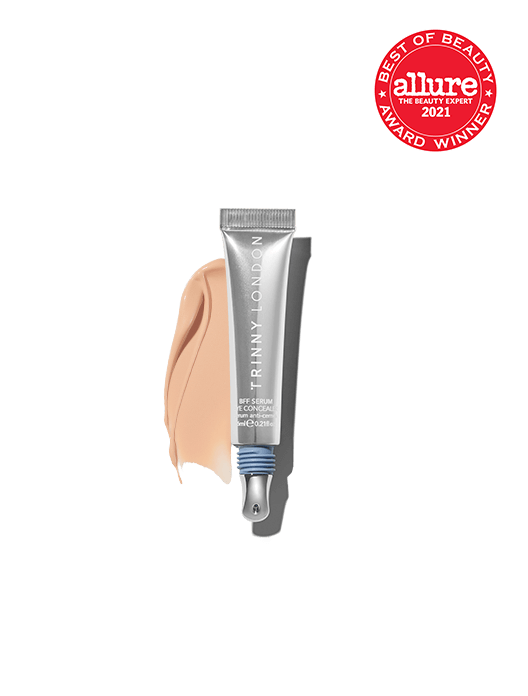
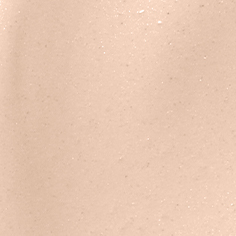
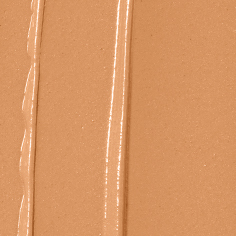
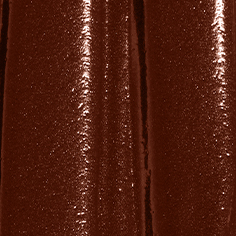 12 shades
12 shades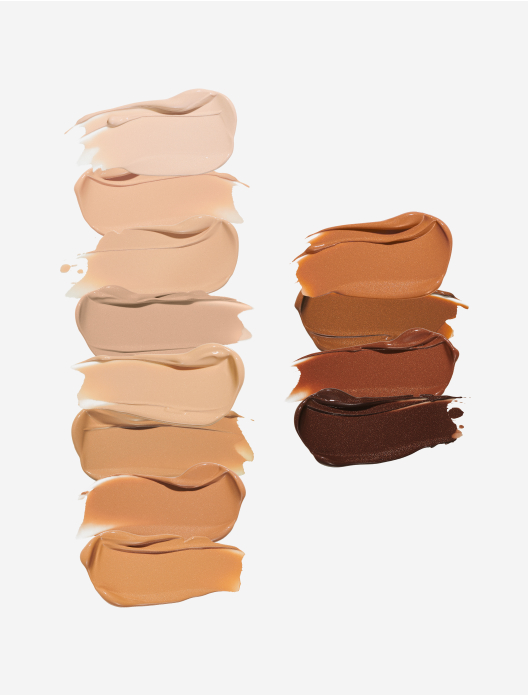
Free standard shipping on all orders, for a very limited time only*

Typically, most of us associate dark circles with tiredness, but there are a number of different reasons why rings might take up residency around your eyes. The skin beneath our eyes is naturally thinner and drier than the skin elsewhere on our faces, which makes it more prone to damage. Picture it like delicate silk, which needs to be treated with care to avoid marks.
Dark circles under the eyes can be a sign of a lack of iron or dehydration, or a by-product of things like allergies and congestion. If you're keeping on top of any allergies, eating well and staying hydrated, then your age could be playing a part. The skin becomes even thinner as we travel down the path of life, which can make the blood vessels around the eyes appear more prominent. Our natural fat pads beneath the eyes can become more visible over time too, casting shadows in the area. Unfortunately, some people are simply more predisposed to dark rings than others. If your parents have dark circles, the chances are you will too.
If you can decipher what’s causing your dark circles, you can take more permanent steps towards eliminating them. But, in the meantime, covering them with makeup is a simple quick fix.
The best concealer for dark circles is one that has been specifically formulated for the under-eye area. As we have touched upon, there are a couple of key differences between the skin beneath our eyes and on the rest of our face, both of which need to be taken into consideration. Firstly, the skin here is thinner, which makes it more prone to damage and crepiness. Secondly, there are fewer oil glands in this area, meaning the skin tends to be drier.
For these reasons, a lightweight concealer with a serum-like consistency is best.
“Due to the thinness of the skin and lack of oil, you always want to use products that have hydration and move easily around the eye area,” advises Lenny Royal, Pro Makeup Artist at Trinny London. The skin around our eyes moves when we do things like blink and smile, so having extra hydration within the formula will help to stop your concealer from creasing.
If your circles are particularly prominent and you did want to take it one step further, you could also use a slightly more pigmented, creamier formula too. Instead of taking your heavier concealer all across the under eye area, focus on diffusing the shadows in the inner corners. Buff and blend carefully using your ring finger, or use a brush.
Choosing the right shade of concealer for dark circles is really important. Go too dark, and you run the risk of amplifying existing rings and making the eyes look heavier. Go too light, and you can create a ski goggle style effect which looks highly unnatural. The ideal middle ground is a shade that either perfectly matches your skin tone, or is ever-so-slightly lighter.
“When concealing dark circles under the eyes, you’re always going to want to make that area look brighter,” says Katie Levy, Pro Makeup Artist at Trinny London. “A good under-eye concealer will take away the shadow, lift the area and make it look more awake.” Selecting a slightly lighter shade will help to achieve this, by gently illuminating the area.
“If you were to swatch Trinny London BFF Rebalance or BFF De-Stress next to BFF Eye, our serum and under-eye concealer hybrid, you’ll see that the coordinating shades have the same tone, but the eye is just slightly lighter” explains Katie. “You wouldn’t notice the difference when it's on that skin, it just gives you that subtle brightening.”
Unsure what shade you should be using as a base for your complexion? Use our Match2Me service to generate personalised shade matches based on your skin tone, hair and eye colour.
Knowing where to place your concealer when covering dark circles is relatively straightforward, as the circles themselves will show you where you need coverage. Just make sure you keep a little distance between your makeup and your actual eye. Going too close will not only increase the likelihood of getting concealer in your eye, but can also look unnatural.
For most of us, the majority of the darkness is concentrated towards the inner corner of the eyes, as the natural curve creates additional shadows. We’d always recommend starting here and adding extra product if needed once you’ve blended your initial layer out. If you have any uneven skin tone or pigmentation on the upper eye area, beneath the brow, you can always apply a little concealer here too.
As with all elements of makeup, whether you apply your under-eye concealer with a brush or your fingers is really down to personal preference. It depends on how confident you feel applying makeup, how much time you have to spend on application and the tools you have at your disposal.
If you’re in a hurry, fingers are often the best choice, allowing you to apply the product quickly without the need for additional accessories. It’s also the best method for on the go, when you might not also want to carry brushes in your day-to-day makeup bag. There are benefits for the finish too, as the warmth of your finger will naturally help to soften and smooth the formula for a seamless blend.
On the other side of the makeup fence, is using a brush. As a general rule, we all tend to be a little more heavy-handed when applying with fingers, and, as the skin around our eyes is delicate, a brush can be the softer choice. The fluffiness of the bristles means you’re not moving the skin with any force, especially if you work in light, sweeping strokes. A brush can often also provide a more polished finish, and can be a nice way to blur the line where your concealer ends and base begins.
Prep the skin with moisturiser to create a lovely fresh base for your makeup.
Decide if you want to apply concealer or foundation first. There are pros and cons to both. Applying concealer first will allow you to move onto the rest of your makeup with joy and energy now your circles are addressed, while applying foundation first will help ensure you don’t layer too much product around the eyes.
Apply your serum concealer in small dots, working from the inner corner towards the outer.
Use your ring finger to carefully pat and blend the product into the eye area. Remember, the skin here is delicate, so be gentle. If you prefer, you can use a small fluffy blush to blend.
If you need more coverage, consider building a little extra product into areas that need it. If your circles are especially dark, you might want to use a tiny bit of a heavier concealer to brighten the inner corners.
Shop the article



 12 shades
12 shades
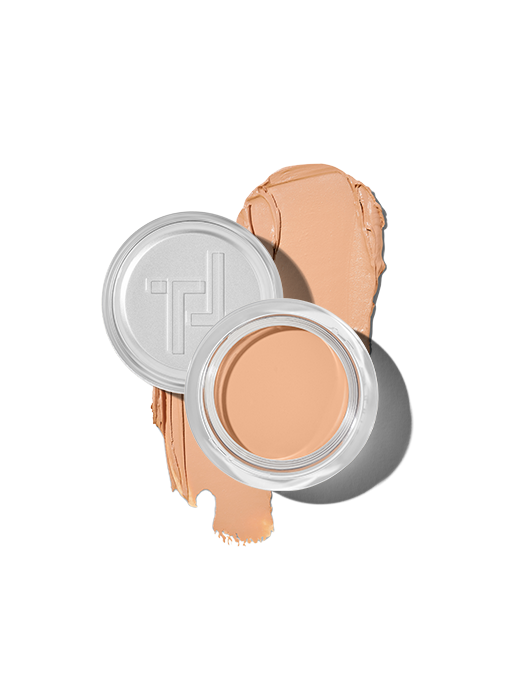
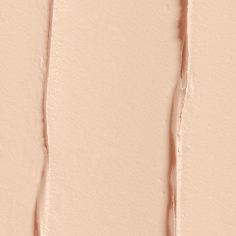
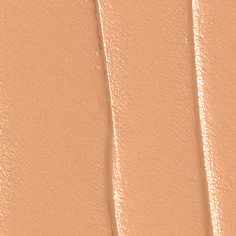
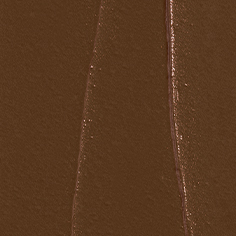 25 shades
25 shades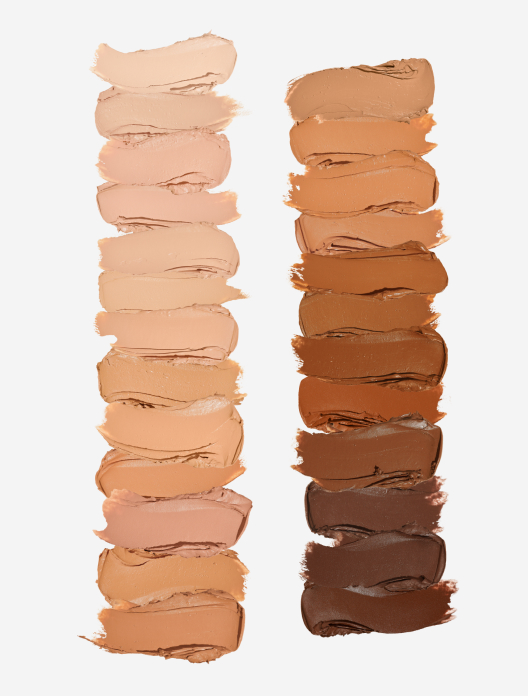
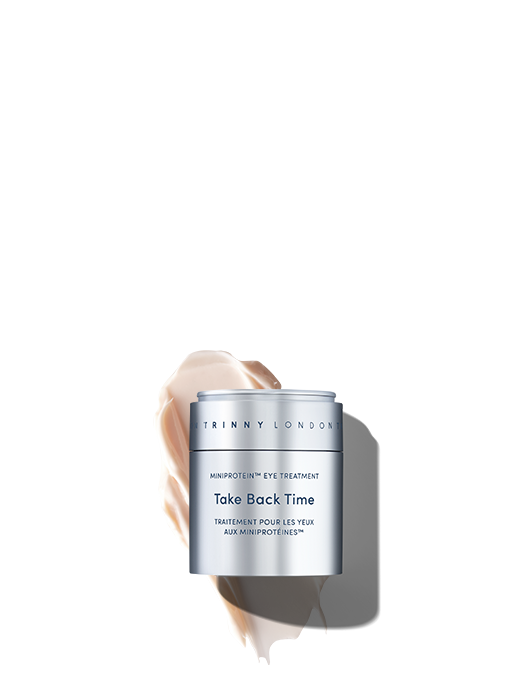

Miniprotein™ eye treatment to target fine lines, crow’s feet and eye bags